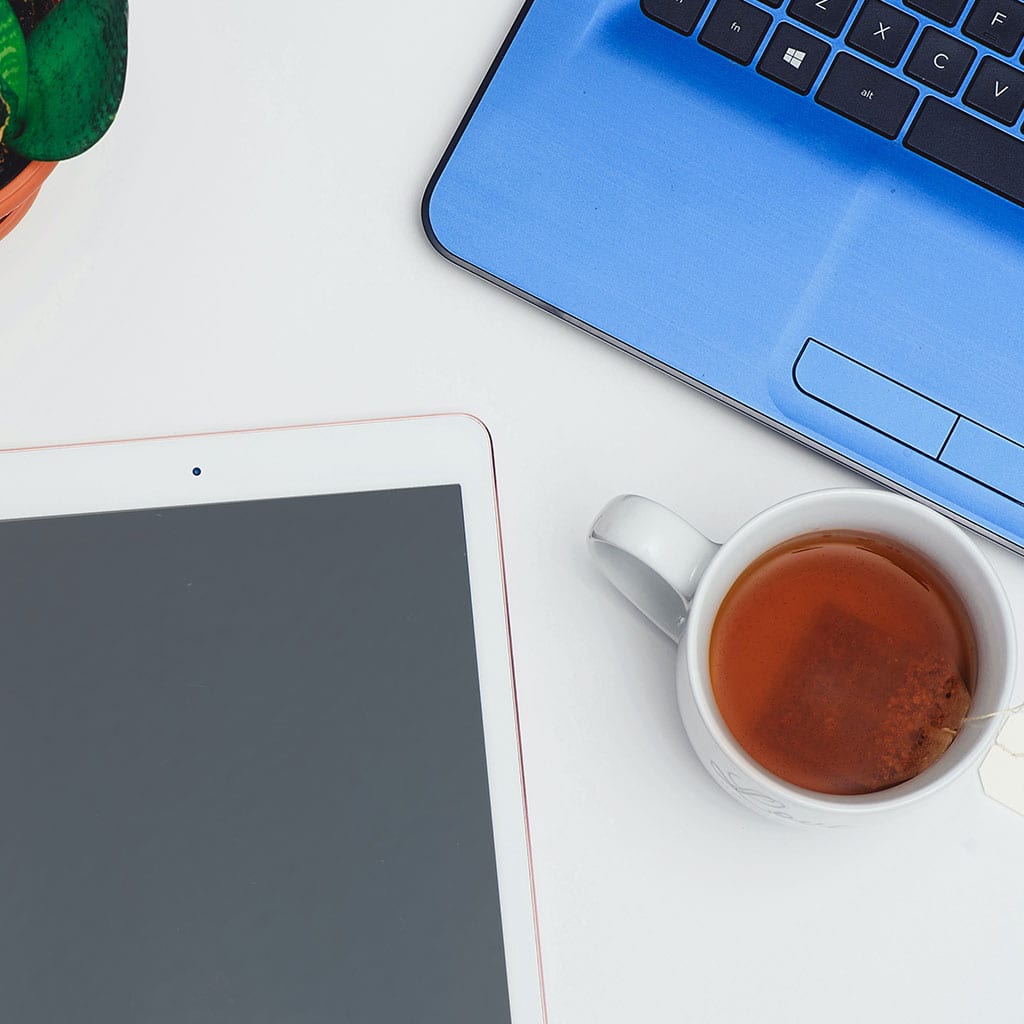Can an iPad replace a laptop
Can an iPad replace a laptop
Considering the versatility and power of modern iPads, many wonder if they can fully replace traditional laptops. This article delves into the capabilities of iPads and explores whether they can serve as viable laptop alternatives for various computing needs.
Is an iPad capable of functioning as a laptop replacement?
The question of whether an iPad can fully replace a laptop largely depends on the specific tasks and workflows you rely on. iPads have evolved significantly in terms of power and versatility, blurring the lines between tablets and traditional laptops. Here are several aspects to consider:
- Productivity Apps and Multitasking:
- iPads now support a wide array of productivity apps, including word processors, spreadsheets, and presentation tools. With features like Split View and Slide Over, you can multitask effectively, making it suitable for many professional tasks.
- Portability and Convenience:
- iPads are incredibly lightweight and portable, making them ideal for on-the-go work. They boast a longer battery life compared to many laptops, which is advantageous for business travelers or individuals who need to work outside of a traditional office setting.
- Creative Work and Design:
- For creative professionals, iPads have become a powerhouse. The Apple Pencil, combined with robust apps like Procreate and Adobe Creative Cloud, has made the iPad a formidable tool for digital artists, illustrators, and designers.
- Specific Software and Applications:
- However, there may be instances where specific software or applications required for certain tasks are not available or may have limited functionality on an iPad. This is particularly relevant for niche or specialized software used in specific industries.
- Hardware Limitations:
- While iPads are powerful, they may not match the processing capabilities of high-end laptops, especially for demanding tasks like 3D rendering, video editing, or complex data analysis. Additionally, laptops may offer more extensive storage options.
- Peripheral Support:
- iPads can connect to a variety of peripherals, including keyboards, mice, and external storage devices. However, some may find the experience less seamless compared to a laptop, which is designed with these accessories in mind.
In conclusion, an iPad can replace a laptop for a significant portion of tasks, especially for everyday computing, content consumption, and creative endeavors. However, for highly specialized tasks or those requiring specific software not available on iOS, a laptop may still be the more suitable choice. It ultimately comes down to your individual needs and the nature of your work.
How does the iPad’s app ecosystem compare to the software options available on a laptop?
The iPad’s app ecosystem offers a wide array of applications designed specifically for touch-based interaction, making it well-suited for tasks like browsing, content consumption, and creative work. However, when compared to the software options available on a laptop, there are some distinctions. For instance, laptops, especially larger versions, tend to offer a more extensive and mature ecosystem of software applications. This includes robust programs for tasks like video editing, complex data analysis, and software development, which may not have equivalent options optimized for touch-based interfaces on the iPad. Additionally, laptops often excel in window management, allowing users to multitask seamlessly with multiple open applications displayed simultaneously, a feature that can be more challenging on a touch-centric device like the iPad.
On the other hand, the iPad shines in its versatility as a portable and powerful device, with an interface optimized for touch input. It offers a range of applications specifically designed for creative work, such as drawing, photo editing, and music production, often enhanced by the availability of the Apple Pencil. For tasks like video calls and content consumption, the touch screen interface can offer a more intuitive and engaging experience. While external displays and full-size keyboards can be connected to an iPad for enhanced productivity, the user interface remains primarily touch-centric, which may require some adjustment for those accustomed to a traditional laptop environment. Overall, whether the iPad can serve as a true laptop replacement depends on the specific needs and workflows of the user, with factors like application availability and touch-based interaction playing a significant role in the decision.





You must be logged in to post a comment.